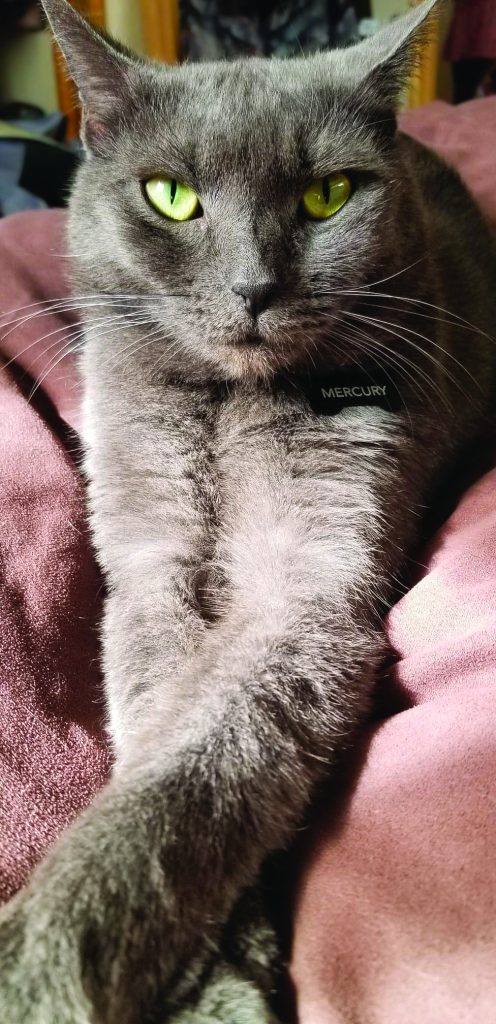
Rebecca Meyers | Lifestyle editor
As students continue their adjustment to life as an adult, many are drawn to the idea of having a pet. Cats and dogs especially are popular choices, and it’s obvious why: animals can be a good source of comfort and friendship, especially when feeling stressed out. Most animal lovers have or want some kind of pet for this reason. While adopting a pet can bring a lot of positivity to our lives, it’s also important for both the sake of the owner and the animal that the owner fully understands all the responsibilities to consider that come with it.

First off, pets can quickly become expensive, especially for those who are already on a budget. The costs don’t stop at the adoption fee; they will require being able to constantly purchase food, and in the case of a cat, litter.
Then, there’s also the supplies that come with it and any medical bills the animal might require. Puppies and kittens are popular to adopt, but may require medical care during and after getting fixed. Many places will do this free of charge, but the process is not always without complications that may need to be resolved. A friend of mine explained to me once that her cat had ripped her stitches after getting fixed and had to get her belly restitched.
There’s also always the chance that sudden medical issues can pop up that can be very expensive to treat. Obviously, it would be inhumane to allow a pet with a critical medical issue to go untreated, so it’s important to take this into consideration before adopting, especially if the animal is going to be allowed outdoors unsupervised regularly.
On top of this, other factors to consider include the time and effort commitments. Some animals are much lower maintenance than others, but this sometimes can lead people to be overconfident in their ability to properly care for an animal. Budgeted time commitment for any animal should also include making sure the owner is fully informed. For example, I recently heard someone wondering if they should declaw their cat. Declawing, which is often considered a quick fix for scratching cats, actually involves removing much more than the nail, including tendons and bone. Humanesociety.org notes that in humans, it would be comparable to cutting off a finger at the knuckle and that the cruelty of the process has gotten it banned in some countries.
Many people who have owned a pet will attest that they have a positive effect on their daily lives. However, this only emphasizes the fact that a successful pet adoption goes smoothest when the owner is fully prepared to do so. It doesn’t take much effort to decide whether investing in a pet is the right choice.
Contact the author at howllifestyle@wou.edu
Photo courtesy of Ashlynn Norton

